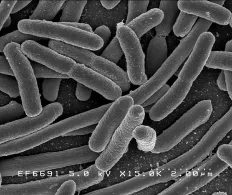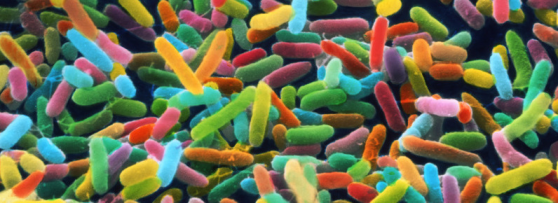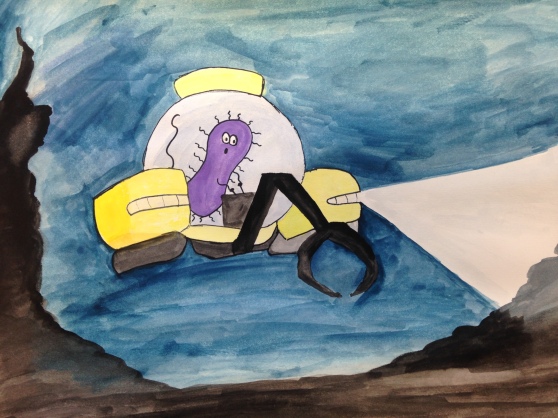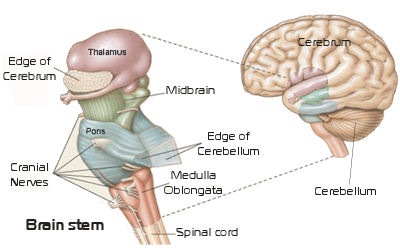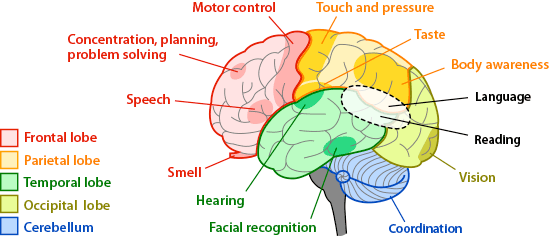Giving Thanks
Some people say grace, some go around the table and say what they’re grateful for, others have their own traditions, but Thanksgiving is a day to give thanks. Luckily, science has proven that (no matter what the day does to your waistline) giving thanks is good for you. Two psychologists, Dr. Robert A. Emmons and Dr. Michael E. McCullough, performed a study in which they grouped participants and had them write a few sentences about each week.
- One group wrote about things they were grateful for.
- A second group wrote about daily irritations or things that had displeased them.
- The third group wrote about events that affected them (with no emphasis on them being positive or negative).
After 10 weeks, those who wrote about gratitude were more optimistic and felt better about their lives. Surprisingly, they also exercised more and had fewer visits to physicians than those who focused on sources of aggravation.
Thanksgiving Dinner
The Bird
Most Americans prefer white meat from the turkey. To meet the demand only big-breasted birds are bred. Today’s farmed turkeys have breasts so big that it’s hard for the birds to stand up straight, and sex is no longer possible (females are now artificially inseminated).
The After-Dinner Lethargy
The after-dinner lethargy of Thanksgiving is almost as famous at the turkey itself. The turkey’s L-tryptophan has always been cited as the cause of the sleepiness. While L-tryptophan has a documented sleep inducing effect, you could omit the bird altogether and still feel sleepy (ask a vegetarian) since L-tryptophan needs to be taken on an empty stomach and without any protein in order to make you drowsy. There’s plenty of protein in a serving of turkey so the turkey’s not the culprit.
A carbohydrate-rich (as opposed to protein-rich) meal, like Thanksgiving dinner, increases the level of L-tryptophan in the brain and leads to serotonin synthesis. (Serotonin is a neurotransmitter; a chemical that passes signals through the nerves of the body.) Serotonin has a documented calming effect. Carbohydrates stimulate the pancreas to secrete insulin. When this occurs, some amino acids that compete with tryptophan leave the bloodstream and enter muscle cells. This causes an increase in the relative concentration of tryptophan in the bloodstream. The fats in Thanksgiving dinner slow down the digestive system and take a lot of energy to digest, so the body will redirect blood to your digestive system. Since you have less blood flow elsewhere, you feel less energetic after eating a meal rich in fats.
Thanksgiving dinner is also frequently accompanied by alcohol, a central nervous system depressant. If alcoholic beverages are part of your holiday celebration, then they will add to the nap-factor.
Finally, digesting a large meal, no matter what it is, takes a great deal of energy to digest. When your stomach is full, blood is directed away from other organ systems, including your nervous system. The result? You will feel the need to snooze after any big meal, particularly if it is high in fats and carbohydrates like the typical Thanksgiving dinner (regardless of turkey).
Happy Thanksgiving from the Science ACEs Team!






 and development behind microwaves is tied to the development of radar for military use (although
and development behind microwaves is tied to the development of radar for military use (although 